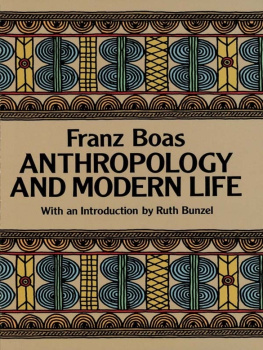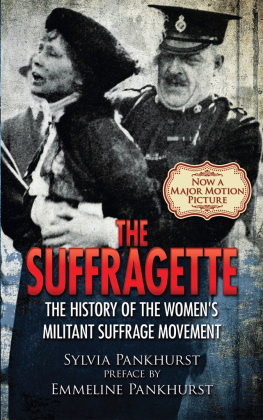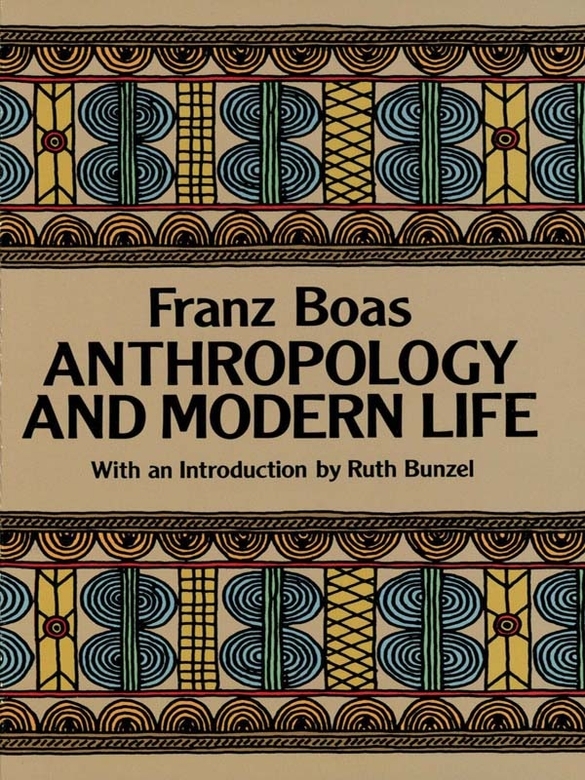REFERENCES
IN the following pages some of the more important literature is quoted on which are based the statements made in the text of the book:
P. 18. Claims of fundamental racial differences will be found in A. de Gobineau, Essai sur lingalit des races; Madison Grant, The Passing of the Great Race; Hans F. K. Gnther, Rassenkunde des deutschen Volkes; Houston Stewart Chamberlain, Die Grundlagen des XIX Jahrhunderts. The opposite view is held by Th. Waitz, Anthropologie der Naturvlker, 2nd edition, Vol. 1, p. 381; Franz Boas, The Mind of Primitive Man; Friedrich Hertz, Race and Civilization; Ignaz Zollschan, Das Rassenproblem. An attempt at a critical review of the literature is contained in Frank H. Hankins, The Racial Basis of Civilization, and more fully, but with a complete misunderstanding of the meaning of racial and national traits in Thophile Simar, Etude critique sur la formation de la doctrine des races.
P. 26. The effect of inbreeding upon the variability of family lines has been discussed by F. Boas in the American Anthropologist N. S. Vol. 18 (1916), pp. 1 et seq., and by Isabel Gordon Carter, American Journal of Physical Anthropology, Vol. 11, pp. 457 et seq. See also Eugen Fischer, Die Rehobother Bastards; Ernst Rodenwaldt, Die Mestizen auf Kisar, Jena, 1928.
P. 28. The foreign elements in the Swedish nation have been discussed by Gustav Retzius and Carl M. Frst in Anthropologia Suecica, p. 18.
P. 32. The reversion to the type of a population has been first discussed by Francis Galton, Natural Inheritance; and later on elaborated by Karl Pearson, Mathematical Contributions to the Theory of Evolution, III; Royal Society of London, 1896, A, pp. 253 et seq. The varying regression from the same parental type to distinct populations has been illustrated by F. Boas, in the Proceedings of the National Academy of Sciences, Vol. 14, pp. 496 et seq.
P. 35. The changes of stature in Europe are summarized in Rudolf Martin, Lehrbuch der Anthropologie, pp. 224 et seq., 1st edition. Edw. Ph. Mackeprang, De vaernepligtiges legemshojde i Danmark, Meddelelser om Dan-marks Antropologi, Vol. 1, pp. 1 et seq. Comparisons of parents and their own children are given in F. Boas, Changes in Bodily Form of Descendants of Immigrants, pp. 28, 30.
P. 36. A discussion of the measures of the hand according to occupation is found in E. Brezina and V. Lebzelter, Ueber die Dimensionen der Hand bei verschiedenen Berufen, Archiv fr Hygiene, Vol. 92, 1923; and Zeitschrift fr Konstitutionslehre, Vol. 10, pp. 381 et seq.
P. 36. A brief discussion of the effect of the use of the limbs upon the form of the leg bones is found in Zeitschrift fr Ethnologie, Anthropologie und Urgeschichte, Vol. 17 (1885), p. 253; and by L. Manouvrier in Bulletin de la Socit dAnthropologie, Paris, Series 3, Vol. 10, p. 128.
P. 39. Adolph H. Schultz, Man as a Primate, Scientific Monthly, Nov. 1931, pp. 385-412.
P. 42. Traits due to domestication have been studied particularly by Eugen Fischer. His results have been briefly summarized in his book, Rasse und Rassenentstehung beim Menschen. See also B. Klatt, Mendelismus, Domestikation und Kraniologie, Archiv f. Anthropologie N. S., Vol. 18, pp. 225-250.
P. 45. A summary of the literature relating to the study of the senses of races is found in Gustav Kafka, Hand-buch der vergleichenden Psychologie, Vol. i, pp. 163 et seq.
P. 45. Differences in basal metabolism were found by Francis G. Benedict, The racial factor in metabolism. Proceedings National Academy of Sciences, Vol. 11, pp. 342 et seq.
P. 46. The margin of safety has been discussed by S. J. Meltzer, Factors of safety in animal structure and animal economy, Journal of the American Medical Association, Vol. 48, pp. 655 et seq.; Science, New Series, Vol. 25, pp. 481 et seq.
P. 53. O. Klineberg, An experimental study of speed and other factors in racial differences. Archives of Psychology, No. 93. Dr. Klineberg has also shown by a study of different human types in Germany, France and Italy that the results of the intelligence tests do not agree with the distribution of races but depend on social conditions. A study of psychological differences between racial and national groups in Europe. Archives of Psychology, No. 132, 1931.
P. 53. Paul Roloff has found considerable differences in the ability to define terms, among different social classes of the same district. Beihefte zur Zeitschrift fr angewandte Psychologie, Vol. 27, pp. 162 et seq.
P. 58. Melville J. Herskovits discusses the mental behavior of a socially uniform group of negroes and mulattoes in The American Negro.
Pp. 59, 60. Studies of human culture without any regard to race are, for instance, Edward B. Tylor, Primitive Culture; Herbert Spencer, Principles of Sociology; F. Ratzel, The History of Mankind. Adolf Bastians viewpoint has been analyzed by Th. Achelis, Moderne Vl-kerkunde, pp. 189 et seq.
P. 60. Gustav Klemm, Allgemeine Cultur-Geschichte, Leipzig, 1843-1852; Carl Gustav Carus, Ueber ungleiche Be-fhigung der verschiedenen Menscheitstmme fr hhen geistige Entwickelung, Leipzig, 1849.
P. 63. Romain Rolland speaks of race antipathy in his Jean Christophe, 44th edition, Vol. 10, p. 23.
P. 65. The relations between Negroes, Indians, and Whites in Brazil were described to me by Mr. Rdiger Bilden, those in Santo Domingo by Dr. Manuel Andrade.
P. 67. Local forms in animal life have been described by Friedrich Alverdes, Tiersoziologie, 1925. The social life of insects has been treated by William M. Wheeler, Social Insects, Their Origin and Evolution, 1928.
P. 74. The actual distribution of mixtures of Whites and Negroes has been described by Melville J. Herskovits in the book previously referred to. The United States Census is not a reliable source for the relative number of Mulattoes and full-blood Negroes.
P. 77. Marriage preferences of Negroes and Mulattoes have been discussed by Herskovits in the book just mentioned.
P. 81. See for this chapter, Carlton J. H. Hayes, Nationalism, and W. Mitscherlich, Nationalismus.
P. 84. Recently Sir Arthur Keith, in a book entitled, Ethnos, or the Problem of Race, has taken the point of view that behavior is more important than physical type and he discusses at some length the ways in which capitalism and economics have upset natures plan of evolution. There is no doubt that our modern cultural conditions have selective effects different from those of earlier times, and it is justifiable to ask in how far the physical character of a race may be determined by these factors. When, however, Sir Arthur Keith proceeds and practically identifies the mental behavior of a group of people with their racial characteristics, he completely deserts the basic biological aspect of race and substitutes for it a mingled group differing in mental characteristics and possibly also in physical characteristics. It is no longer a race but a group held together by social or political bonds. Anything that is said about such a group has no longer any bearing upon what can be said about a group of homogeneous biological descent.
P. 87. Owing to the economic advantages accruing to Indians who speak Spanish, there is a marked tendency in many Mexican villages to discourage the use of the native language. I have heard Indian mothers reprimand their children for speaking Indian.
P. 88. The descent of the Swedish nobility has been discussed by P. E. Fahlbeck, Der Adel Schwedens, Jena, 1903.
P. 109. As examples of attempts to correlate bodily form and pathological or psychological conditions I mention George Draper, Human Constitutions, and E. Kretschmer, Kperbau und Charakter.














